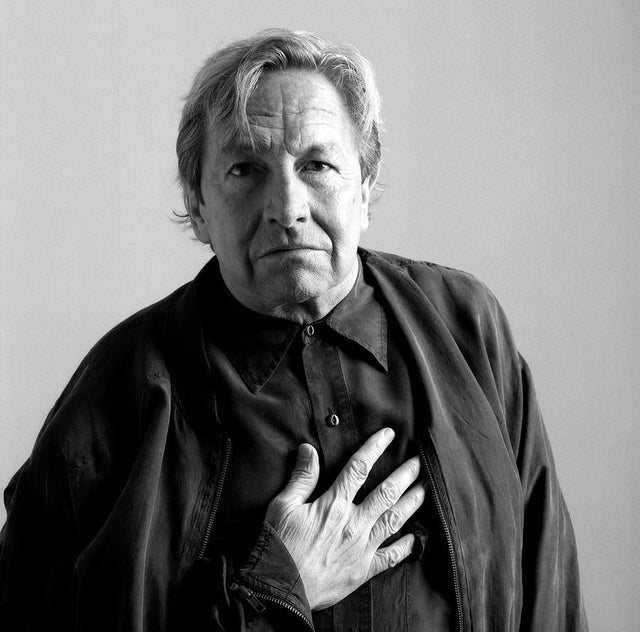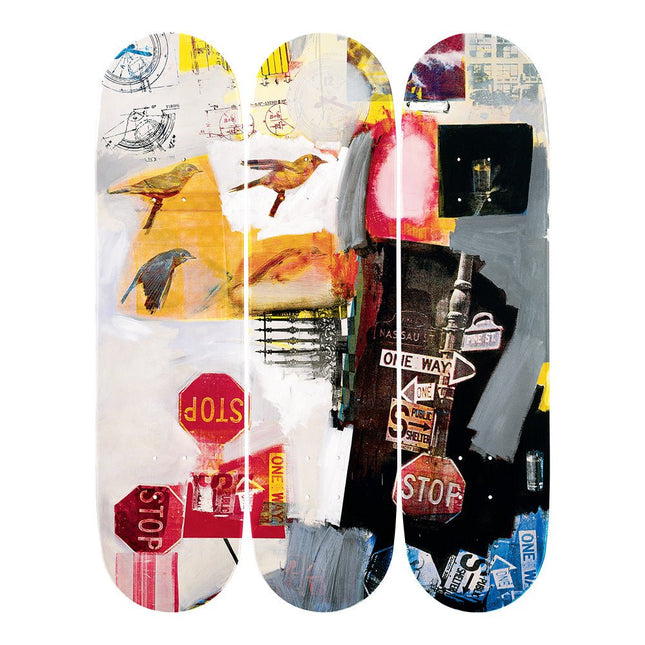Robert Rauschenberg was an American artist who is widely recognized as one of the most important figures in the development of contemporary art in the 20th century. Born on October 22, 1925 in Port Arthur, Texas, Rauschenberg's early years were spent in a working-class family with limited means. Despite this, he showed an early talent for art and was encouraged by his mother to pursue his passion.
After serving in the U.S. Navy during World War II, Rauschenberg attended the Kansas City Art Institute and the Académie Julian in Paris, where he was exposed to the work of the European avant-garde. He later studied at Black Mountain College in North Carolina, where he came into contact with artists such as John Cage, Merce Cunningham, and Willem de Kooning, all of whom had a profound influence on his artistic development.
In the 1950s, Rauschenberg emerged as a leading figure in the emerging movement of Abstract Expressionism, which sought to break away from the traditional conventions of representational art. His "Combines" series, which he began in 1954, marked a departure from pure abstraction and combined elements of painting, sculpture, and found objects. This approach challenged the boundaries of what art could be and paved the way for the development of Pop Art and other avant-garde movements that followed.
Throughout his career, Rauschenberg continued to push the boundaries of traditional art forms, incorporating new media and techniques into his work. He was known for his use of non-traditional materials, such as newspaper clippings, photographs, and other found objects, as well as his experiments with silkscreen printing and digital imaging.
In addition to his innovative approach to art, Rauschenberg was also a prominent activist and philanthropist. He was a vocal advocate for human rights and social justice, and his work often addressed issues such as racism, poverty, and environmentalism. He also established the Rauschenberg Foundation, which provides grants and support to artists and organizations working in a wide range of fields.
Rauschenberg's work has been exhibited in museums and galleries around the world, and he received numerous awards and honors throughout his career, including the National Medal of Arts in 1993. He died on May 12, 2008, at the age of 82, leaving behind a legacy of artistic innovation and social engagement that continues to inspire and influence artists today.


